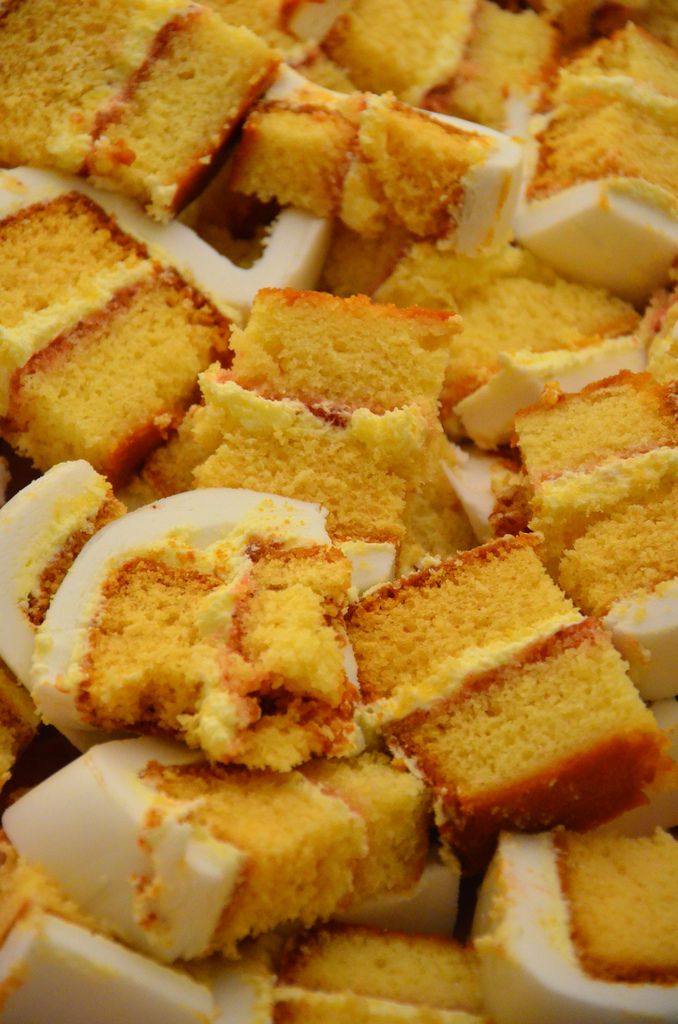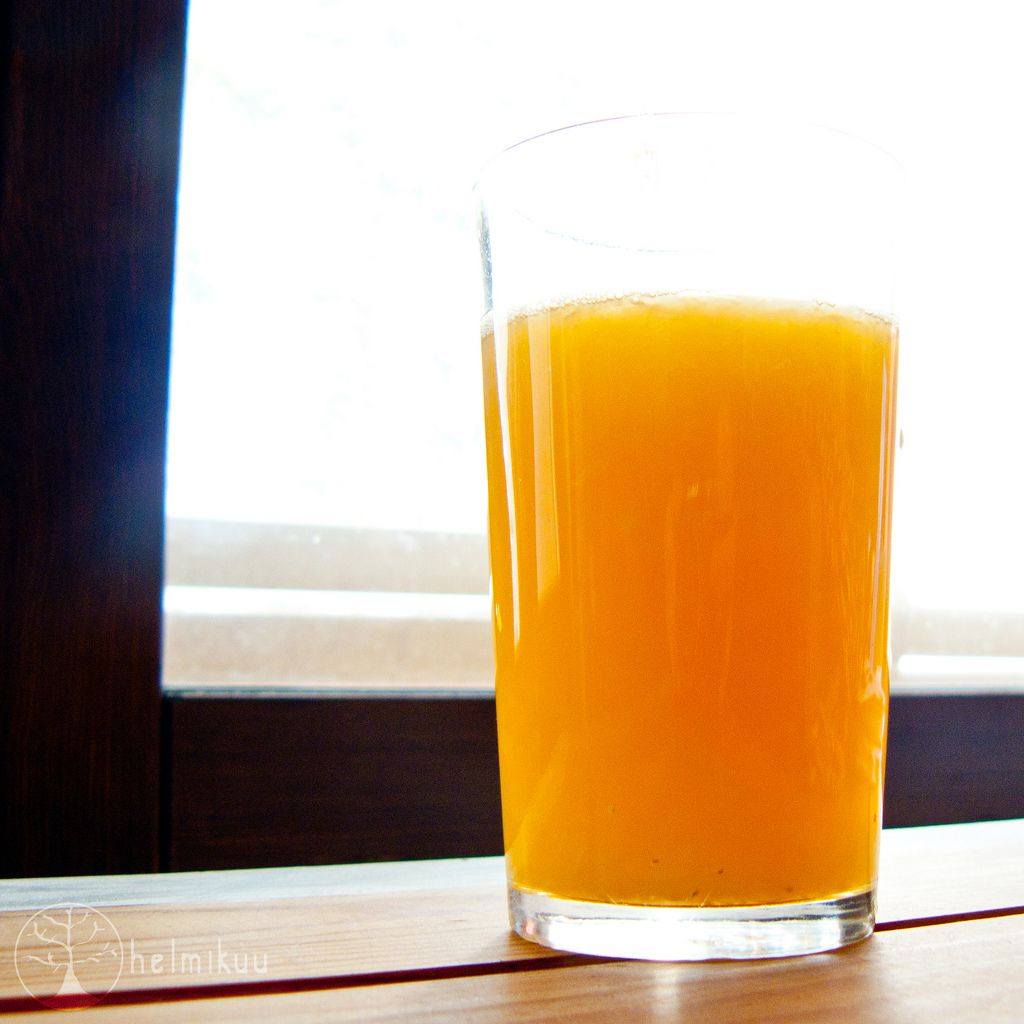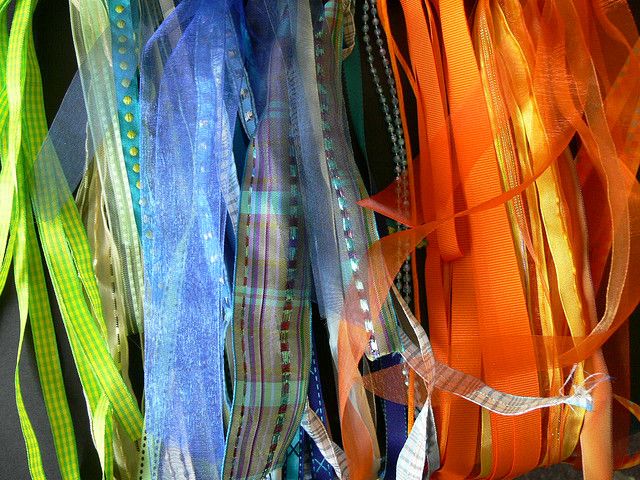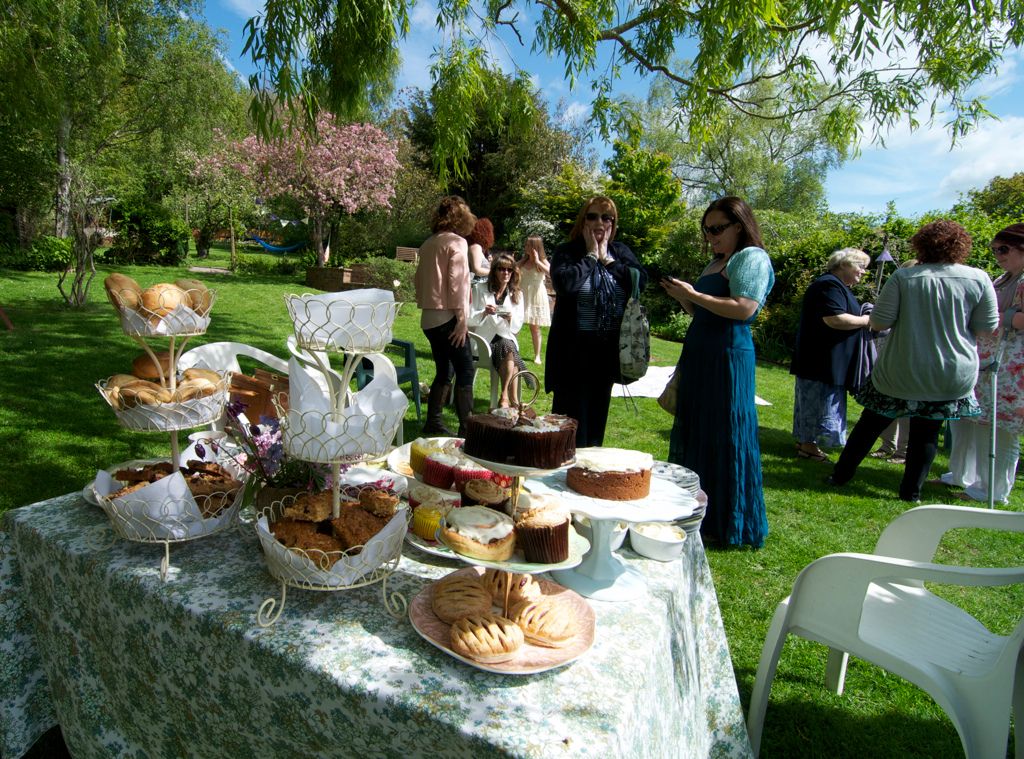The learners know that this recipe will make one cake, and that one cake yields \(\text{8}\) slices. If there will be \(\text{60}\) people at the tea party, and everyone has only one slice of cake, how many cakes do they need to make?
\(\text{60}\) \(\div\) \(\text{8}\) = \(\text{7,5}\) cakes. They can't bake half a cake so they will have to bake \(\text{8}\).




